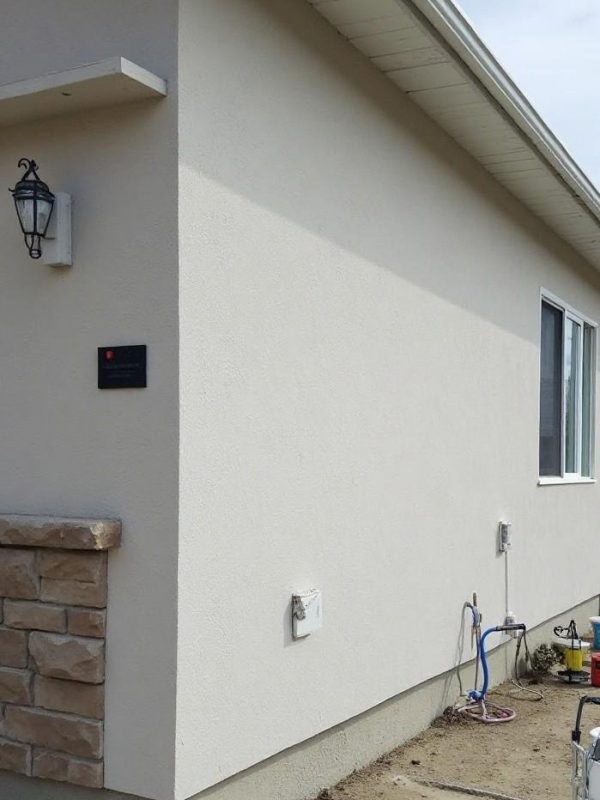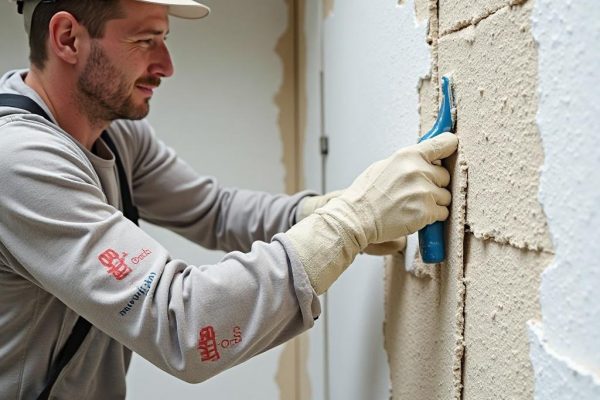
Masonry Repair Techniques and Tips for Fixing Damaged Structures
Introduction
Masonry structures are a staple of architecture, providing durability and aesthetic appeal. Whether it’s a brick wall, stone façade, or concrete block, these materials have been used throughout history to create lasting buildings. Over time, however, even the sturdiest masonry can suffer from damage due to weathering, moisture, or structural shifts. This article explores various techniques and tips for effective masonry repairs in Fort Saskatchewan, AB, Canada. We’ll dive into the common issues faced by masonry structures and how to address them.
Understanding Masonry Repairs: The Basics
Masonry repairs involve restoring damaged sections of walls or structures made from bricks, stones, or concrete blocks. This process can range from simple fixes like repointing mortar joints to more complex tasks such as replacing entire bricks or stones.
Why Do Masonry Structures Need Repairs?
Several factors can lead to the need for masonry repairs:

- Weather Conditions: Freeze-thaw cycles can cause cracks.
- Moisture Infiltration: Water can weaken the bonds between masonry units.
- Structural Shifts: Settling foundations may lead to misalignments.
Common Types of Masonry Damage
Assessing Damage Before Repairs
Before diving into any repair work, it’s crucial to assess the extent of damage.

Visual Inspection Techniques
Start with a thorough visual inspection:
- Look for visible cracks or bulges.
- Check for signs of water damage like discoloration.
Tools Needed for Inspection
- Flashlight
- Sounding hammer (to check for hollow spots)
- Water meter (to test moisture levels)
Gathering Necessary Materials for Masonry Repairs
Once you've assessed the damage, gather your materials.
Essential Supplies
- New mortar mix
- Replacement bricks/blocks
- Trowels and chisels
- Waterproof sealant
Choosing Quality Products
Invest in high-quality materials that are appropriate for your specific type of masonry. Local suppliers in Fort Saskatchewan will often have tailored options that suit regional weather conditions.
Techniques for Different Types of Masonry Repairs
1. Repointing Mortar Joints
This process involves removing old mortar and replacing it with new material.
Steps to Repoint Mortar Joints
2. Brick Replacement
When individual bricks are damaged beyond repair, they must be replaced.
Steps for Brick Replacement
3. Fixing Spalling Bricks
Spalling bricks need attention as they can compromise structural integrity.
Steps to Repair Spalling Bricks
4. Addressing Bulging Walls
Bulging walls indicate underlying issues that need investigation before repair.
Steps for Repairing Bulging Walls
Preventative Measures After Repairs
Waterproofing Your Masonry Structure
After any repair work is complete, consider waterproofing your structure to prevent future damage.
How to Waterproof Masonry?
Regular Maintenance Checks
Establish a routine maintenance schedule:
- Inspect annually after severe weather changes.
- Clean gutters and downspouts frequently to avoid water buildup.
FAQs About Masonry Repairs
1. What is masonry repair?
Masonry repair involves fixing damaged parts of structures made from bricks, stones, or concrete blocks through methods such as repointing or replacing units.
2. How do I know if my masonry needs repair?
Signs include visible cracks, spalling bricks, mold growth, and bulging walls—all indicating potential issues that require attention.
3. Can I perform masonry repairs myself?
While some minor repairs like repointing may be DIY-friendly, significant damage often requires professional help due to safety concerns and complexity involved.
4. How much do masonry repairs cost?
Costs vary widely based on extent of damage and local labor rates; minor fixes can start around $200 while extensive work could reach thousands of dollars.
5. What types of materials should I use?
Choose high-quality mortars and bricks suited for your climate; consult local suppliers in Fort Saskatchewan for recommendations tailored specifically for your area’s weather conditions.
6. Is there anything I can do to prevent future damage?
EIFS installation expertsRegular inspections and proper drainage systems significantly reduce risks; waterproof treatments also help maintain integrity long-term.
Conclusion
Understanding masonry repair is essential for maintaining the integrity of your structure over time in Fort Saskatchewan, AB Canada! By recognizing signs of damage early on and employing effective techniques like repointing or brick replacement you can preserve both aesthetics as well as functionality within homes & buildings alike! Regular maintenance checks paired alongside quality waterproof products will go far towards preventing costly repairs down line too! Take charge now—your building deserves it!
This article aims not just at informing you about understanding masonry repair; it's also about empowering you through knowledge so that you feel confident addressing any issues that arise!